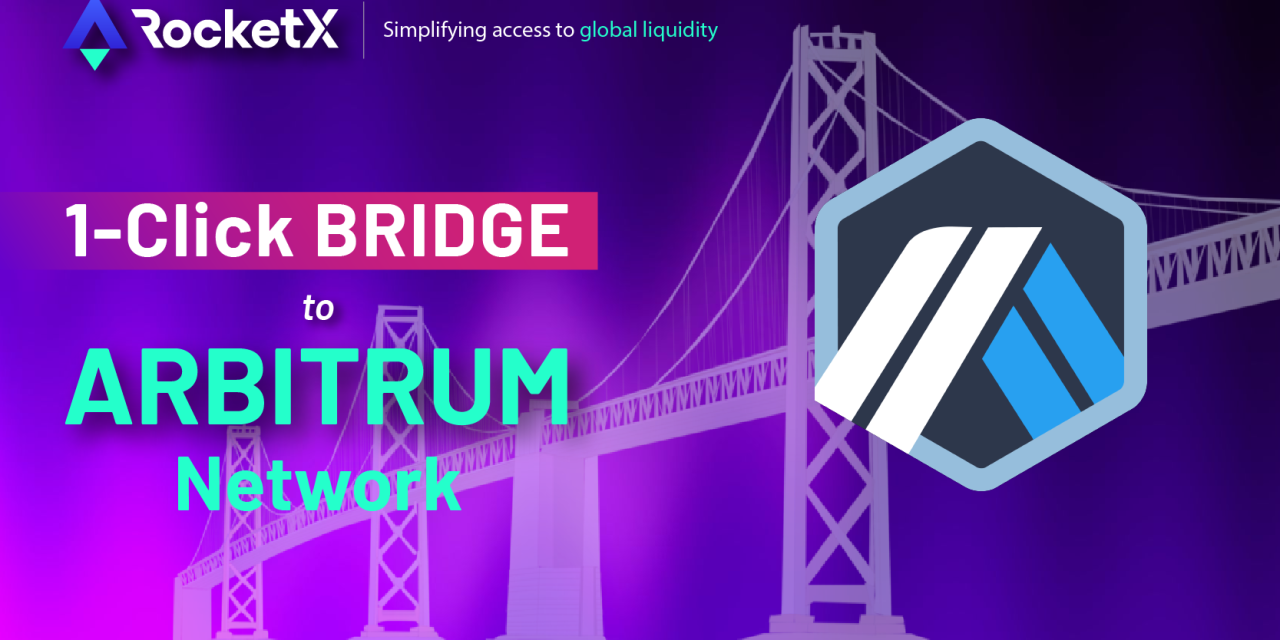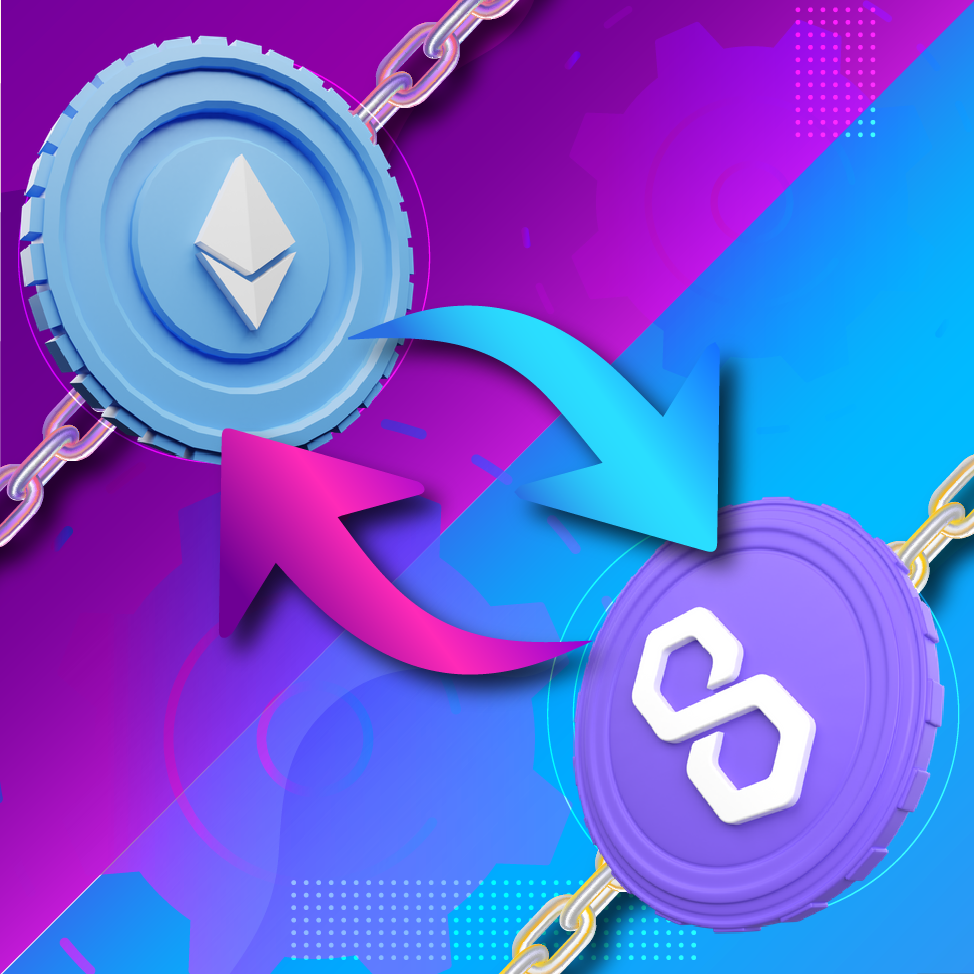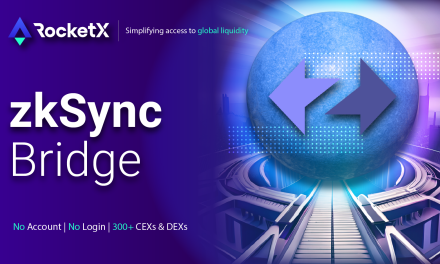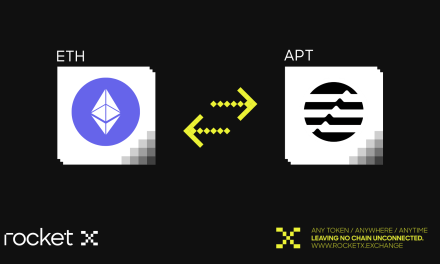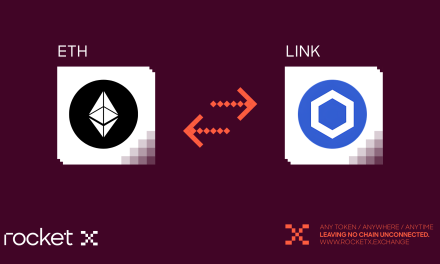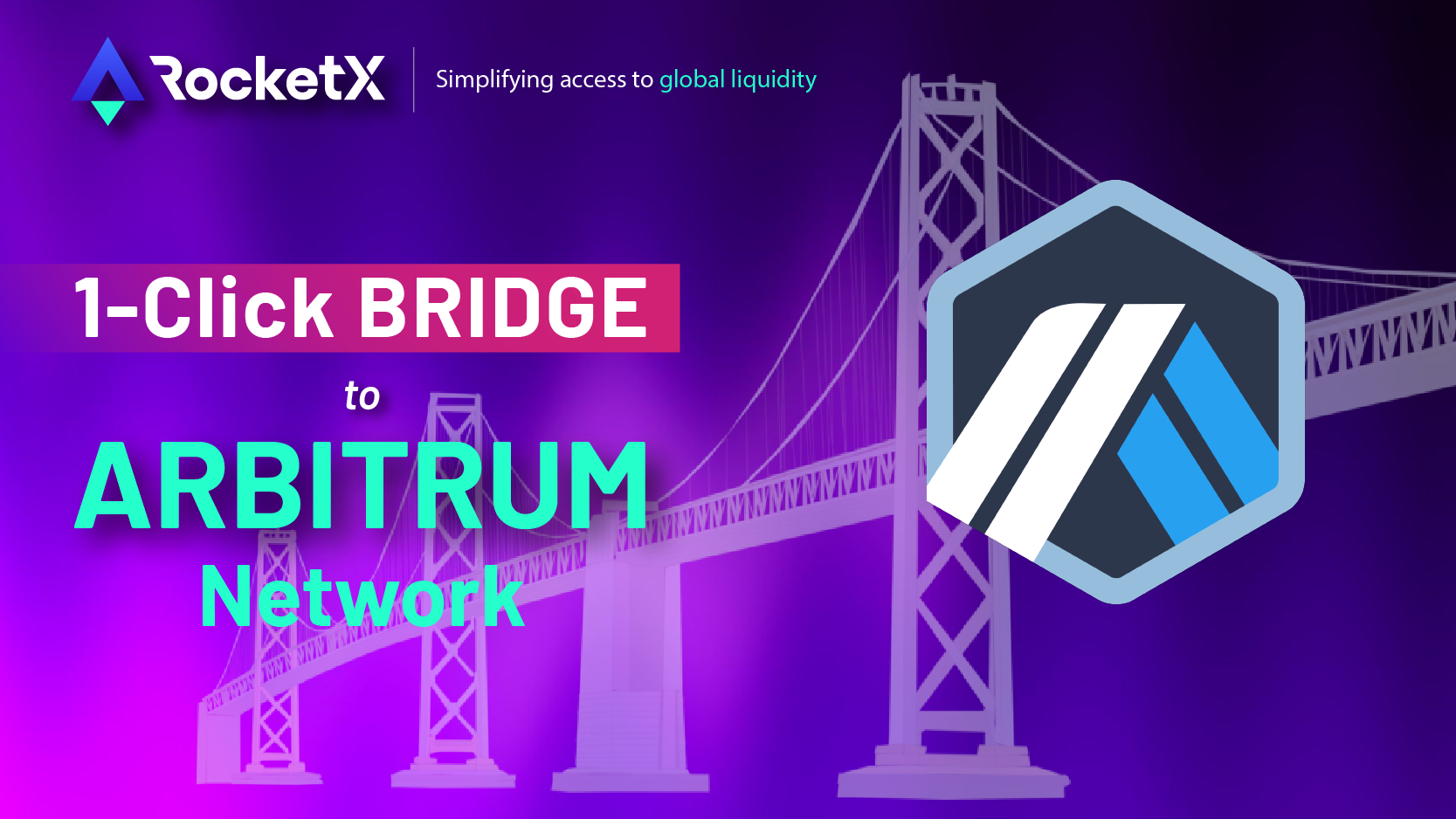
In the world of blockchain and cryptocurrency, the Arbitrum network has been making waves as a Layer 2 scaling solution for the Ethereum blockchain. If you’re interested in learning more about this network and how to bridge your assets to it, you’ve come to the right place.
In this article, we’ll take a closer look at the Arbitrum network, its features, benefits, and how to bridge assets to. By the end of this article, you’ll have a solid understanding of the Arbitrum network and the steps you need to take to bridge your assets to it.
What Is the Arbitrum Network?
The Arbitrum network is a Layer 2 scaling solution that aims to address the Ethereum blockchain network’s scalability and speed issue by using a unique combination of off-chain computation and on-chain verification.
One of the most significant benefits of this network is that it can support smart contracts and decentralized applications (dApps) built on the Ethereum network. This means that developers can easily port their existing dApps to the Arbitrum network and take advantage of its faster transaction speeds and lower fees.
Now that you have a basic understanding of the Arbitrum network, let’s move on to the next step.
How Does the Arbitrum Network Work?
The Arbitrum network uses a combination of off-chain computation and on-chain verification to process transactions more efficiently than the Ethereum network.
When a user sends a transaction on the Arbitrum network, the transaction is first processed off-chain by a group of validators known as “sequencers”. These sequencers collect transactions from users and bundle them together into a single batch. They then run these transactions through a computation process that verifies their validity.
Once the computation process is complete, the sequencers submit the batch of transactions to the Ethereum network for final verification. At this point, the transactions are verified by the Ethereum network and added to the blockchain.
Overall, this process helps to significantly reduce the time and cost of processing transactions on the Ethereum blockchain. It also enables the Arbitrum network to support a much higher volume of transactions than the Ethereum network alone.
How to Bridge Assets to the Arbitrum Blockchain Using RocketX Exchange
Bridging assets to the Arbitrum blockchain using the RocketX Exchange is a relatively straightforward process that can be completed in just a few steps. Here’s how:
Step 1: Visit https://app.rocketx.exchange/
The first thing you need to do is visit the RocketX Exchange website at https://app.rocketx.exchange/.
Step 2: Connect Wallet
Once you’re on the website, the next step is to connect your wallet to the exchange. This will allow you to access your assets on the Ethereum network and bridge them to the Arbitrum network.
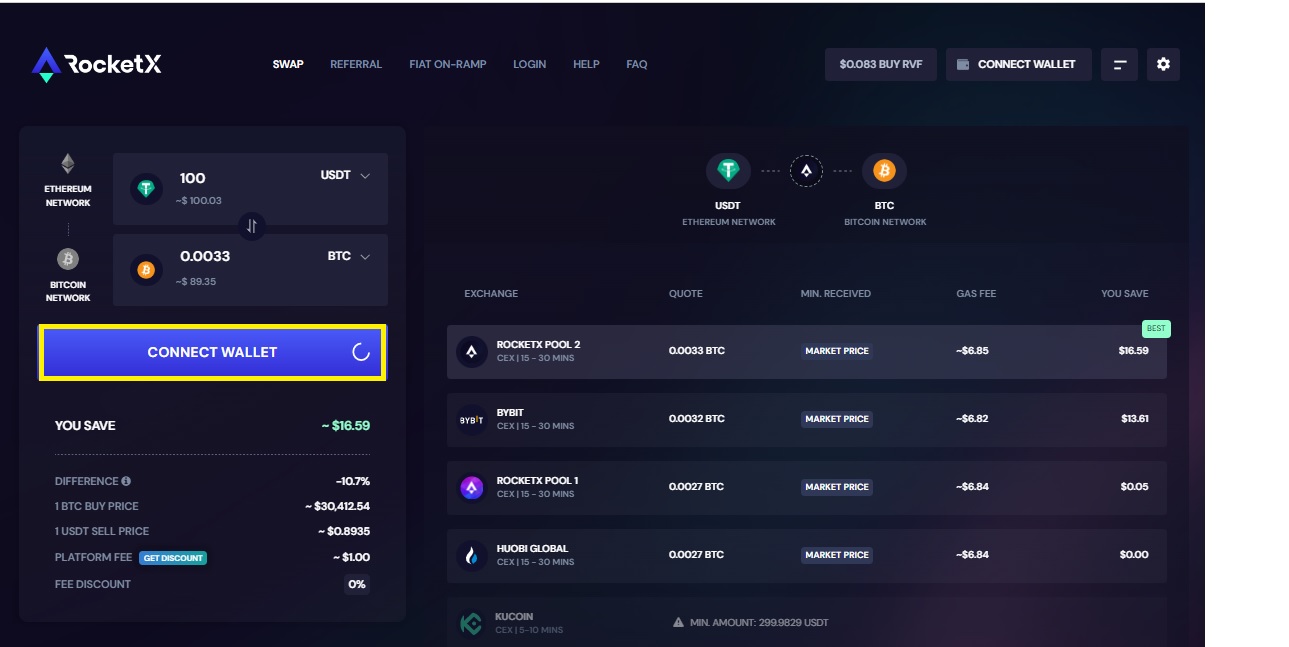
Step 3: Select Ethereum Network and the Token which you want to bridge
Choose the token you want to bridge from the dropdown list of supported tokens after selecting the Ethereum network. In this case, we have selected USDT Token.

Step 4: Select the Arbitrum Network and Token of your choice
Once you have selected the Ethereum network, proceed to the next step of choosing the desired token for the Arbitrum network. In the dropdown menu, you will find a list of supported tokens that can be bridged to the Arbitrum network. From this list, select the token you want to bridge and continue with the process.

Step 5: Click on Bridge” Button
To initiate the asset bridging process, click on the “bridge” button after selecting the appropriate networks and tokens on the RocketX Exchange platform. This will trigger the transaction and initiate the exchange of your assets.

Tips for Successful Asset Bridging to the Arbitrum Network
If you’re planning to bridge your assets to the Arbitrum network, here are some tips to ensure a successful and hassle-free process:
Choose a Reliable Exchange: When it comes to bridging assets, it’s essential to choose a reliable exchange that supports the Arbitrum network. Do your research and choose an exchange with a proven track record of security and reliability.
Check the Network Status: Before initiating any transaction, it’s important to check the network status of both the Ethereum network and the Arbitrum network. This will help you avoid potential delays or errors due to network congestion or other issues.
Double-Check Transaction Details: When initiating a transaction, double-check all the details, including the amount, address, and network. A simple mistake can lead to the loss of your assets, so it’s crucial to be thorough.
Be Patient: Bridging assets can sometimes take a few minutes or even hours, depending on network congestion and other factors. It’s essential to be patient and avoid making multiple attempts to bridge your assets, as this can lead to additional fees or other issues.
By following these tips, you can ensure a smooth and successful asset-bridging experience with the Arbitrum network.
Conclusion
In conclusion, bridging assets to the Arbitrum network offers substantial benefits, including enhanced transaction capabilities, lower costs, and increased scalability. By leveraging the power of Layer 2 scaling solutions like Arbitrum, individuals and businesses can improve efficiency and cost-effectiveness in their blockchain transactions. As the blockchain and cryptocurrency space continues to evolve, the Arbitrum network presents an exciting opportunity for the future of decentralized finance and blockchain applications. Embracing this technology can lead to transformative advancements in the way we utilize and benefit from decentralized technologies.
Stay connected with us on social media platforms like Twitter, Telegram, and YouTube for more insightful articles like this. Join our community and stay updated.

